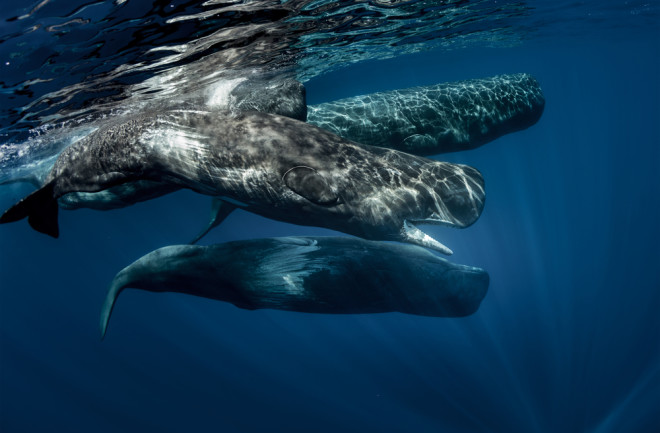In one research video, a man peers over the edge of a boat at a white beluga whale just inches away. The researcher, part of a group called DareWin that collects whale and dolphin sounds from all over the world, plays a harmonica in three tones, over and over. Just like a scene from the Disney classic, Free Willy, the whale appears to respond.
The smooth creature floats close to the boat, head bobbing out of the water, looking almost expectantly at the man and circling back. It’s a response that can only be described as listening.
In recent years, scientists, audio engineers and machine-learning specialists have been making strides in our ability to listen back. Around the world, they’re trying to demystify whale communication, from sperm whale’s codas to orca clicks. They’re swimming with whales, constructing noninvasive robot recorders and designing advanced models to find out if these massive creatures communicate in a way we can understand — or, perhaps, in a manner more complex than we can comprehend.







